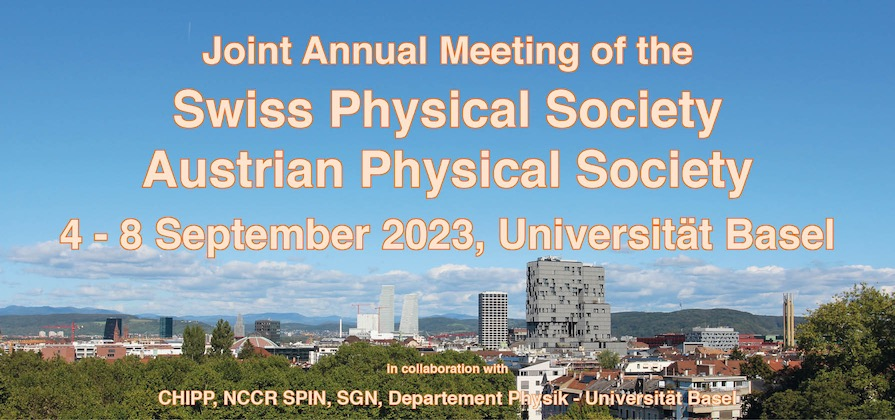Routine detections of gravitational waves by the LIGO-Virgo-KAGRA collaboration has put the gravitational waves astronomy on a firm path.
In this development of gravitational waves astronomy morphology independent algorithms have played a key role, from the first detection of GW150914 to the recent detection of first intermediate mass black hole merger GW190521. In this talk I will outline...
We explore the eccentricity detection threshold of the future space-based mission LISA for gravitational waves (GWs) radiated by massive black hole binaries (MBHBs) with BH masses in the range $10^4$--$10^6~{\rm M}_\odot$ at redshift $z=1$. We will generate mock high-order post-Newtonian eccentric waveforms, project them in LISA arms to perform time delay interferometry to cancel laser noise,...
Neutron stars, the final fate of massive stars, are mostly observed as radio pulsars in the Milky Way. Two of them in a binary system allow very precise measurements of the orbits, which caused the first (indirect) detection of gravitational-wave emission. The first observation of a merger of two neutron stars by their gravitational-wave radiation with the ground based gravitational-wave...
Gravitational wave detection is a powerful tool that provides us with new ways to understand the universe. However, certain parameters, such as inclination and distance, are degenerate. This limitation hinders our ability to accurately measure other important factors like precession. Breaking the degeneracy between inclination and distance can also give us new insights into formation channels...
The Laser Interferometer Space Antenna (LISA) is aimed to measure gravitational waves in the mili-Hertz frequency band, which is dominated by millions of Galactic binaries. While some of these binaries produce signals that are extractable, most of them blur into a confusion foreground. We introduce a new approach to extract the best-fitting solutions for Galactic binaries across the entire...
In this work, we construct promising model building routes towards SO(10) GUT inflation and examine their ability to explain the recent PTA results hinting at a stochastic gravitational wave (GW) background at nanohertz frequencies. We consider a supersymmetric framework within which the so-called doublet-triplet splitting problem is solved without introducing fine-tuning. Additionally,...
The LIGO and Virgo gravitational-wave detectors have observed a sample of around 90 merging binary black holes. However, to date, their formation origins remain a mystery. In my presentation, I will briefly review current theoretical predictions regarding the astrophysical formation channels of merging binary black holes and their model predictions. These models leverage binary population...
Accurate signal models are essential in the analysis of gravitational wave events, from parameter estimation to astrophysical interpretation. As detectors get increasingly advanced it becomes ever more crucial to develop precision models of signals from a wide range of physical systems, including black-hole-binaries with generic spins. Evidence for a population of such systems has already been...
The Fast Galactic Binary (FGB) method is an algorithm to simulate the LISA response to galactic binaries, which are expected to emit most of the gravitational waves detected by LISA. This algorithm operates in the time and frequency domains. However, the standard algorithm generates waveforms that exhibit artifacts, yielding notable approximation errors. These artifacts are due to...
Neutron star -- black hole (NSBH) merger events bring us new opportunities to constrain theories of stellar and binary evolution and to understand the nature of compact objects. In this work, we investigate the formation of merging NSBH binaries at solar metallicity by performing a binary population synthesis (BPS) study with the new BPS code POSYDON, which incorporates extensive grids of...
The next generation of gravitational wave detectors will require precise waveform templates for binaries with high mass ratios and eccentricities. One tantalizing method is the post-Minkowskian(PM) expansion. Using tools from particle physics the scattering angle and a conservative potential have been found up to 4th order in G.
We discuss two methods to generate waveforms using the PM...
